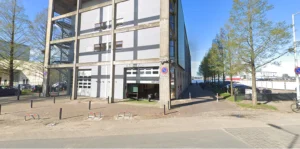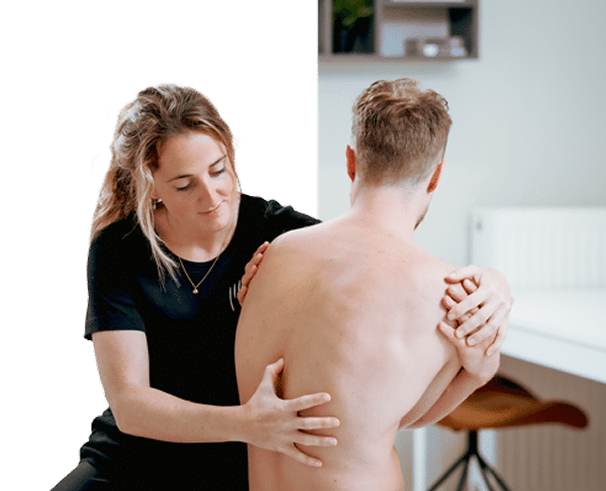Types of knee problems
Meniscus complaints
With a tear or irritation of the meniscus, you get pain on the inside or outside of the knee, sometimes with a “lock feeling. Complaints meniscus knee often occur with twisting or squatting movements.
Osteoarthritis in the knee
In knee osteoarthritis symptoms, the cartilage in the knee joint wears down. This can lead to osteoarthritis knee complaints such as morning stiffness, nagging pain and movement restrictions. Worn knee symptoms often worsen with exertion.
Wear and tear and cartilage complaints
Wear and tear knee complaints or knee cartilage complaints often occur in people who have had a lot of physical stress on the knee, such as from work or sports.
Bursitis
Complaints bursitis knee cause pressure pain on the front or inside of the knee. This can occur after prolonged kneeling or overuse.
Tendonitis and overuse
Tendonitis knee complaints, as in runners, produce sharp pain on exertion. Knee complaints after running are common in athletes without proper warm-up or with improper technique.
Instability and ‘giving way’
Complaints cruciate ligament knee or an overstretched knee often cause instability. You may then feel like your knee is “sinking” during movement.
Where is the pain?
- Inner knee: Often related to meniscus complaints inner knee or wear and tear on the medial side.
- Outer knee: Common in meniscus complaints outer knee or patellofemoral complaints.
- Front knee: Think kneecap problems, tendonitis or bursitis.
- Posterior knee: Sometimes a Bakerse cyst or radiating symptoms from hip or back.
Symptoms you should not ignore
- Swelling with no apparent cause
- Click or lock sounds
- Sense of instability (“giving way”)
- Pain when standing up, climbing stairs or squatting
- Nighttime pain or stiffness
- Back and knee complaints combined
What can you do yourself for knee pain?
- Keep moving: Avoid complete rest, but load your knee responsibly. Walking, cycling or light strength training can actually help recovery.
- Use supportive footwear or braces: For knee complaints, combining exercises with proper footwear or support can reduce overuse.
- Do targeted exercises: Exercises knee complaints focused on strengthening upper leg muscles and stability are essential for recovery.
- Adjust your posture and load: When lifting, squatting and exercising, pay attention to your knee position. Avoid rapid twisting or heavy loading.
- Reduce risk factors: For complaints knee osteoarthritis or wear and tear knee complaints, a healthier lifestyle – such as weight loss – can help reduce pain.
Treatment at The Physio Man
At The Physio Man we always examine the total picture: knee, hip, ankle and posture. During an intake we map out your movement pattern. Your treatment plan can consist of:
- Mobilization techniques for the knee joint
- Exercise therapy for strength and coordination
- Gait analysis and corrective training
- Counseling for knee complaints after keyhole surgery
- Advice on footwear, braces and lifestyle
Our approach is focused on reducing pain, restoring function and preventing recurring complaints.
Frequently Asked Questions
What are symptoms of a worn-out knee?
Pain with movement, stiffness in the morning, cracking and difficulty squatting or climbing stairs.
How do I know if I have meniscus symptoms?
Pain on the inside or outside of the knee when turning or squatting, often with locking sensation.
Can tendonitis also cause knee pain?
Sure. Especially with exercise or overuse, sharp pain occurs on the front or side of the knee.
What is the difference between osteoarthritis and bursitis?
Osteoarthritis is wear and tear of cartilage, bursitis is local inflammation of the protective sac around the joint.
Do you recognize yourself in these knee symptoms?
Then don’t wait any longer. The therapists at The Physio Man are ready to help you recover with a plan that fits your body, lifestyle and goals. Contact us today and work with us to build stronger knees – without pain, restriction or doubt.
Share this article:


